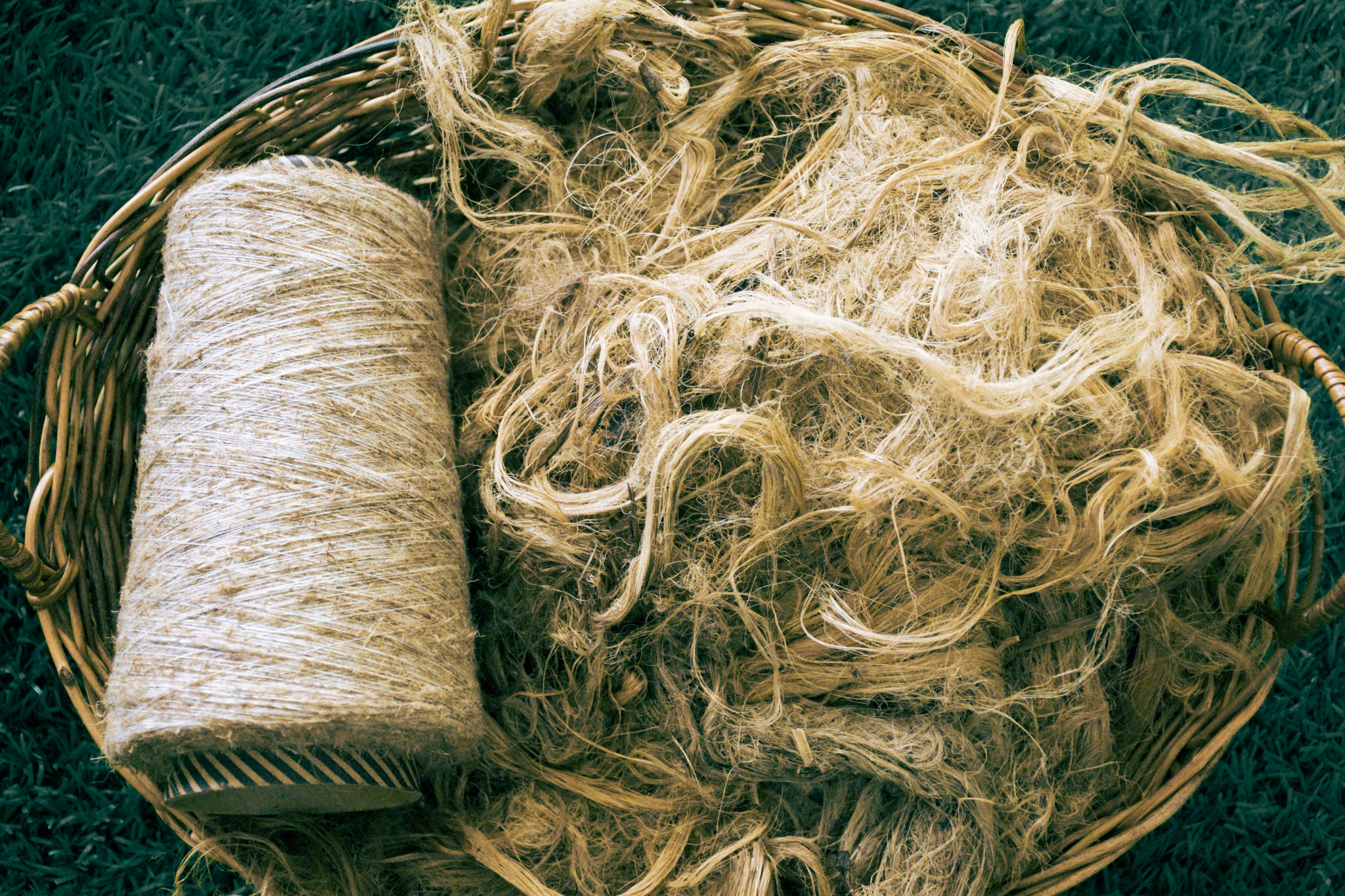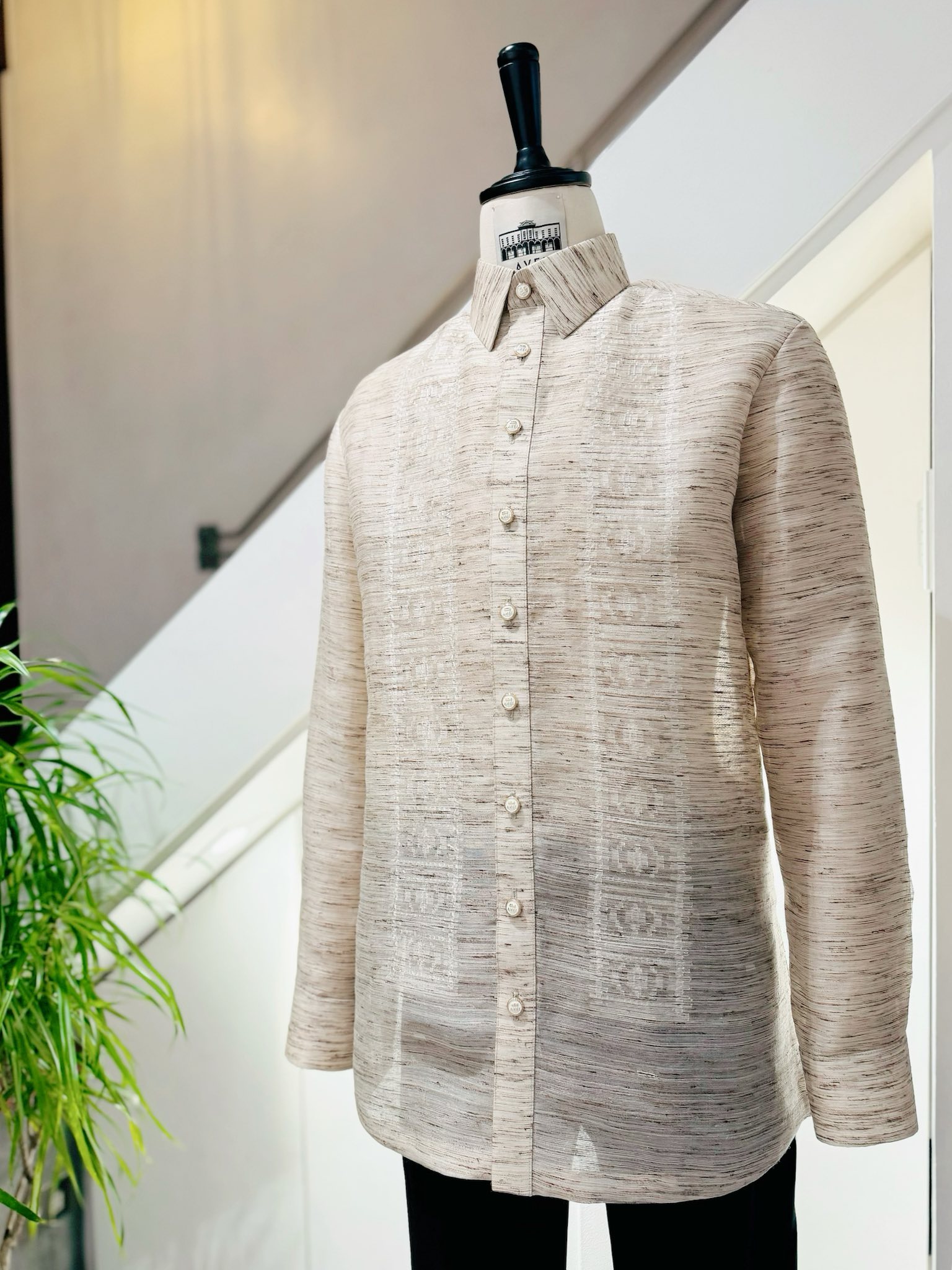
By Brian Campued
From vegetable dish to fabric, saluyot or bush okra proves to be a game changer in the textile industry.
This as the Department of Science and Technology – Philippine Textile Research Institute (DOST-PTRI) found a way to transform the familiar veggie into a sustainable and innovative fiber.
In line with President Ferdinand R. Marcos Jr.’s directive during his fourth State of the Nation Address (SONA) in July to boost the Philippine textile industry, the DOST-PTRI continues to explore sources of nontraditional fibers, including agricultural by-products or other plants.
Recognized as the world’s second largest fiber crop after cotton, saluyot earned a salute from the DOST-PTRI as it saw the humble plant’s promising qualities to help weave tradition and innovation into breakthrough garments and fabrics.
“With the goal of producing a versatile and sustainable yarn that can be used in clothing and textiles, the Institute started developing the blend of lyocell, a man-made fiber, and saluyot fiber,” the agency said.
Saluyot fibers are extracted from the plant’s stalks, cleaned and softened, then blended with other fibers in varying ratios and spun into yarns.
These innovative yarns are developed to boost the livelihood of farmers, handloom weavers, spinning mills, fashion designers, and garment producers and retailers—as well as position the Philippines as a growing market for natural and eco-friendly fabrics globally.
“DOST-PTRI’s breakthrough on saluyot fiber moves Telang Pinoy forward, showing how local resources can be transformed into sustainable textiles for the future,” DOST-PTRI Director, Dr. Julius Leaño Jr. said.
To showcase saluyot’s promising quality in fashion, designer Avel Bacudio presented a Barong Tagalog made from piña-saluyot fibers woven by La Herminia Piña Weaving—championing Filipino ingenuity as well as promoting cultural heritage.
Aside from garments, the DOST-PTRI said saluyot blended with other fibers can also be woven into household textiles such as curtains, bedding, linens, or even items like ropes and agricultural nets.
Beyond the kitchen, saluyot is indeed a “golden” plant that will surely revitalize the Philippine textile industry—one thread at a time.
-jpv

